Results 9,181 to 9,190 of 12096
Thread: Anandtech News
-
02-20-19, 04:13 PM #9181
Anandtech: Samsung Announces The Galaxy S10: 10th Anniversary Trio
It’s hard to believe, but it’s actually been 10 years now since Samsung released the first iteration of the Galaxy line of phones. The Galaxy S started a wave of success for Samsung that continued on in its various iterations over the years.
Today, in a slight change of pace, Samsung is holding the launch event of the new Galaxy S10 out in San Franciso – a few days earlier than the usual Barcelona/MWC unveiling.
The Galaxy S10 represents a new design iteration for Samsung, updating the “characteristic” look that the company tends to maintain for two generations. This year, Samsung does not only change venue as well as its product design, it also mixes up the traditional model line-up with the introduction of a new lower-end Galaxy S10 model.
Today’s announcement covers the new Galaxy S10e, the Galaxy S10 and the Galaxy S10+, representing a trio of devices celebrating the 10 year anniversary of Samsung’s flagship line-up.
As is tradition, the easiest way to talk about what’s announced today is to present the specification sheets of the three models and dive into the differentiation factors between the different models:
More...
-
02-21-19, 10:53 AM #9182
Anandtech: NVIDIA Quietly Releases GeForce MX250 & MX230: Entry-Level Laptop GeForce
With the launch of their GeForce 20 Series parts already well underway, it was only a matter of time until NVIDIA updated their low-end parts as well, and that time has finally arrived. Quietly published on NVIDIA’s website this morning are the product pages for the GeForce MX250 and MX230 graphics processors. The entry-level members of NVIDIA’s laptop lineup, these Pascal parts will eventually replace the current GeForce MX110/130/150 parts.
As has annoyingly become tradition for NVIDIA, they’re officially saying very little about the new parts. The official specifications don’t include anything about clockspeeds, CUDA core counts, ROPs, etc. Instead, NVIDIA only confirms a basic set of features: both parts use GDDR5 memory, both feature GPU boost functionality, and both are based on the company’s Pascal architecture. Taking a stab in the dark here, these are almost certainly cut-down GP108 parts, similar to the previous MX150. So we’re looking at 384 (or fewer) CUDA cores at various frequencies, attached to GDDR5 over a 64-bit memory bus.
[TABLE="align: center"]
[TR="class: tgrey"]
[TD="colspan: 5, align: center"]Best Guess: NVIDIA Laptop Video Card Specification Comparison[/TD]
[/TR]
[TR="class: tlblue"]
[TD="class: contentwhite, width: 168, bgcolor: #016a96, align: center"] [/TD]
[TD="class: contentwhite, width: 110, bgcolor: #016a96, align: center"]Typical MX250[/TD]
[TD="class: contentwhite, width: 110, bgcolor: #016a96, align: center"]Typical MX230[/TD]
[/TR]
[TR]
[TD="class: tlgrey"]CUDA Cores[/TD]
[TD="bgcolor: #f7f7f7, align: center"]384[/TD]
[TD="bgcolor: #f7f7f7, align: center"]384?[/TD]
[/TR]
[TR]
[TD="class: tlgrey"]ROPs[/TD]
[TD="bgcolor: #f7f7f7, align: center"]16[/TD]
[TD="bgcolor: #f7f7f7, align: center"]16?[/TD]
[/TR]
[TR]
[TD="class: tlgrey"]Boost Clock[/TD]
[TD="bgcolor: #f7f7f7, align: center"]Variable[/TD]
[TD="bgcolor: #f7f7f7, align: center"](Lower than MX250)[/TD]
[/TR]
[TR]
[TD="class: tlgrey"]Memory Type[/TD]
[TD="bgcolor: #f7f7f7, align: center"]GDDR5[/TD]
[TD="bgcolor: #f7f7f7, align: center"]GDDR5[/TD]
[/TR]
[TR]
[TD="class: tlgrey"]Memory Bus Width[/TD]
[TD="bgcolor: #f7f7f7, align: center"]64-bit[/TD]
[TD="bgcolor: #f7f7f7, align: center"]64-bit[/TD]
[/TR]
[TR]
[TD="class: tlgrey"]VRAM[/TD]
[TD="bgcolor: #f7f7f7, align: center"]
-
02-21-19, 02:56 PM #9183
Anandtech: Xilinx Announce New RFSoCs for 5G, Covering Sub-6 GHz and mmWave
More often than not, embedded wireless equipment, the infrastructure that powers it, and the systems that test the deployed hardware don’t just use off-the-shelf parts. As with 4G and 3G before it, the range of technologies required for 5G requires the backbone for deployment and testing. This hardware usually has many requirements, such as flexibility, density, fast time to market, and reconfigurability. Today Xilinx is announcing its next generation of Zynq Ultrascale+ RFSoCs to address this market.
More...
-
02-21-19, 02:56 PM #9184
Anandtech: Hands on with the Samsung S10+, S10, and S10e: Which Witch is Which?
Standing as the world’s largest smartphone retailer, Samsung’s flagship family leads the way into how the company sees the next generation of user experience and interaction. Each release has a different level of fanfare, and this year was slightly eclipsed by the announcement of the Samsung Galaxy Fold, coming soon. Nonetheless, Samsung had three high performance devices ready to rock in 2019.
More...
-
02-21-19, 07:04 PM #9185
Anandtech: Logitech Re-Launches ‘Legendary’ MX518 Mouse with 16,000 DPI Sensor
Logitech this week introduced its all-new MX518 mouse, which incorporates its latest HERO sensor as well as a new SoC. The new mouse is designed to be better than its predecessor from 14 years ago in every aspect possible, but one of the things still remained intact: its ambidextrous shape that many consider an ideal shape for a gaming mouse.
New Sensor in Renowned Enclosure
The Logitech G MX518 is based on the company’s 32-bit ARM Cortex-M-based SoC, which offers a 1ms USB polling rate. It's paired with the company’s HERO sensor, which is tuned to provide an up to 16,000 DPI resolution (up from 1600 DPI on the original one from 2005). The company also rates its mouse for up to 40 G maximum acceleration as well as for up to 400 IPS (inches per minute) maximum acceleration, which is in-line with advanced wireless gaming mice available today. As for the weight, the new MX518 weighs 102 grams.
Being aimed primarily at experienced gamers with nostalgia about the good old days, the new G-series MX518 is wired, it supports a number of features found on modern mice, including eight programmable buttons (something that was implemented on the original one too) and five onboard memory profiles.
The same processor and sensor are used for Logitech’s G603, G305, and G Pro Wireless gaming mice, so we can say that the new Logitech G MX518 is based on a modern and already proven platform. Furthermore, the new MX518 adds Logitech’s premium “Nightfall” finish to give the mouse a high-end feel.
A Look Back
The year was 2005. The market of computer mice was already pretty much diverse, but the market for peripherals for gamers was still quite young. Logitech had introduced its premium MX-series lineup of products several years before that and the lineup was rather broad by the middle of the decade. The key selling points of the range topping MX mice (on the MX 1000 to be more precise) were ability to work on fancy surfaces like glass (which required usage of a laser sensor), precise ergonomics (yet mostly designed for the righties), and performance that was much higher when compared to mainstream mice from the times yet considerably below what was available from gamers-oriented mice, such as those from Razer.
Since it was pretty much obvious for everyone in the industry that hardware for gamers was set to become a multi-billion-dollar market, Logitech introduced its first premium G-series mice in 2005. Yet, its top-of-the-line offering for gamers, the MX518, formally belonged to the renowned MX family and in terms of performance actually outpaced the flagship MX1000 model.
Because the MX518 was one of the first gaming mice from Logitech, its shape was rather minimalistic, yet very comfortable to use, and which many believe was perfect. Furthermore, it MX518 supported multiple features that are standard on high-end gaming mice today, but which were quite innovative back then.
A Legend Returns
The relative simplicity, ergonomics, and cost were presumably the key reasons why Logitech decided to re-launch its MX518 with new internals. Given the nostalgia and pedigree that come with the name, the new MX518 has a good chance to become popular, and it makes a great bit of sense for Logitech to capitalize on that. The new Logitech G-series MX518 is already available directly from the manufacturer for $59.99.
Related Reading:
- Logitech Launches G Pro Wireless Gaming Mouse with 16,000 DPI Sensor
- Logitech Unveils G305 Mouse with Lightspeed Wireless, ‘Hero’ 12,000 DPI Sensor
- Logitech Boosts Precision of G203 Prodigy Mouse to 8000 DPI via Firmware Update
Source: Logitech
More...
-
02-22-19, 08:24 AM #9186
Anandtech: The NVIDIA GeForce GTX 1660 Ti Review, Feat. EVGA XC GAMING: Turing Sheds
Launching today is NVIDIA's new mainstream video card, the GeForce GTX 1660 Ti. Based on the new TU116 it is a Turing architecture video card, but a Turing card like no other, giving up NVIDIA's highly touted ray tracing and tensor core features in order to produce a leaner and meaner GPU better suited for a price-sensitive mainstream market. At $279 it's a card with no equals, and is NVIDIA's most competitive Turing card to date.
More...
-
02-22-19, 11:53 AM #9187
Anandtech: Pentium Sans Graphics: Intel’s Pentium Gold G5600F Listed
Numerous retailers this week have started to list a rather odd microprocessor, the Intel Pentium Gold G5600F. The latest Pentium targets entry-level PCs, yet it does not feature an integrated graphics core. The CPU is projected to be available in the near future, but for the moment many details yet have to be revealed.
Based on a listing at UK-based Kikatek.com, the Pentium Gold G5600F is a dual-core processor with Hyper-Threading clocked at 3.9 GHz and presumably featuring a 54 W TDP. Like other F-marked CPUs from Intel, this product lacks integrated graphics, so it needs a partner in the form of a discrete GPU, which changes their target market from entry-level office PCs to entry-level gaming/multimedia machines.
Intel yet has to disclose official MSRP and launch date for the Pentium Gold G5600F, but the existing Coffee Lake-based GPU-disabled Core i-series F processors cost exactly the same amount of money as their GPU-enabled counterparts. So F parts don't carry any real advantage, other than perhaps de-facto availability in situations when “normal” CPUs are missing.
As noted above, Intel’s Pentium G5600F is certainly not the only processor from the company that lacks an integrated GPU. The manufacturer recently introduced a host of Core i3/i5/i7-branded processors with F-suffixes aimed both at overclockers as well as regular users. The launch of the initial F parts was plenty odd on its own, given that it doesn't seem like Intel should have too many chips lying around with bad iGPUs, but the fact that they're apparently continuing to roll out more and more SKUs from top-to-bottom price points just makes the whole matter even odder.
Intel does not comment on unreleased products, their prices, and positioning. So it remains to be seen how exactly the CPU giant is going to market these entry-level processors without an integrated GPU.
Related Reading:
- Intel's First 4.0 GHz Pentium: Pentium Gold G5620 Listed At Retail
- Playing Chicken: Kentucky Fried Intel Core i9-9900KFC Processor Listed
- Intel Details New 9th Gen CPUs for Notebooks: i9-9980HK to i5-9300H
- Intel’s New 9th Gen Desktop CPUs: i3-9350KF, i5-9400F, i5-9400, i5-9600KF, i7-9700KF, i9-9900KF
- Overclockable Pentium Anniversary Edition Review: The Intel Pentium G3258
Sources: Kikatek, momomo_us/Twitter, Tom’s Hardware
More...
-
02-22-19, 03:04 PM #9188
Anandtech: First Glimpse of Huawei Mate X: A Foldable 5G Phone
Constructing a stage and a booth at a trade show takes a few days. It just so happens that the media end up arriving in the city for the trade show a few days early, in order to attend press events. It would appear that either someone from the media, or a worker who clearly doesn’t care about any NDA, has photographed one of the Huawei billboards which showcases the company’s as-yet unannounced device. The Huawei Mate X is presumably going to be center stage at the press event later this week.
More...
-
02-22-19, 03:04 PM #9189
Anandtech: 18 TB HDDs: Toshiba Collaborates with Showa Denko for MAMR HDDs
Showa Denko K.K. (SDK) announced on Thursday that it had completed the development of its microwave assisted magnetic recording (MAMR) platters for next-gen hard drives. The company is set to ship platters to Toshiba, which plans to start sampling of its new 18 TB nearline HDDs later this year. In addition to MAMR media, Showa also plans to release disks based on the heat assisted magnetic recording (HAMR) technology in the future.
The new 3.5-inch platters from SDK feature a 2 TB capacity and a new magnetic recording layer whose coercivity can be lowered using microwaves (see our brief description of the MAMR technology). SDK is not specifying which magnetic alloy or substrate it's using for its 2 TB media, but according to Western Digital, both should be very similar to those used for today’s platters based on the perpendicular magnetic recording (PMR) technology. Which for Toshiba and its consumers means predictable pricing and reliability.
SDK says that Toshiba is set to use nine 2 TB platters for its 18 TB MAMR-based nearline HDDs, which will begin sampling later this year (and which will probably be commercially available in 2020). That said, it looks like the MAMR disks from Showa may be based on the company’s latest aluminum substrates, which allows for building 0.635 mm thick PMR media today (keep in mind that this is not an official confirmation, but rather an educated guess).
Being a supplier of HDD platters, Showa Denko naturally does not disclose any details about Toshiba’s nine-platter 18 TB HDD itself. While increased areal density will inevitably improve its maximum sustained transfer rate compared to existing 7200 RPM hard drives, its IOPS per terabyte performance is something that remains to be seen. If the HDD platform keeps using one actuator, then Toshiba will have to heavily tune its firmware to deliver the kind of IOPS per terabyte performance that its customers require (read more about this here)
Showa Denko also said that in addition to its MAMR media, it is on-track to supply HAMR-based platters when their time comes. Unfortunately, it did not disclose its exact timeline for HAMR disks, but only reassured investors the tech is on the road towards commercialization.
Related Reading:
- 16 TB MAMR Hard Drives in 2019: Western Digital
- Western Digital Stuns Storage Industry with MAMR Breakthrough for Next-Gen HDDs
- HOYA Starts to Build Next-Gen HDD Glass Substrate Production Facility
- State of the Union: Seagate's HAMR Hard Drives, Dual-Actuator Mach2, and 24 TB HDDs on Track
Source: Showa Denko
More...
-
02-22-19, 05:03 PM #9190
Anandtech: Xiaomi Mi 9 Lauched in China: 6.39-inch Snapdragon 855 with Game Turbo
Xiaomi this week formally announced its new flagship smartphone, the Mi9, at an event in China. The new handset looks like a range-topping 2019 Android-based device from top to bottom: it is powered by Qualcomm’s latest Snapdragon 855 SoC enhanced with Xiaomi’s Game Turbo technology, it also features an AMOLED display from Samsung with a small central notch, and has a triple-sensor main camera. Interestingly, apart from demanding smartphone users, the Mi 9 is clearly after mobile gamers.
More...
Thread Information
Users Browsing this Thread
There are currently 58 users browsing this thread. (0 members and 58 guests)





 Quote
Quote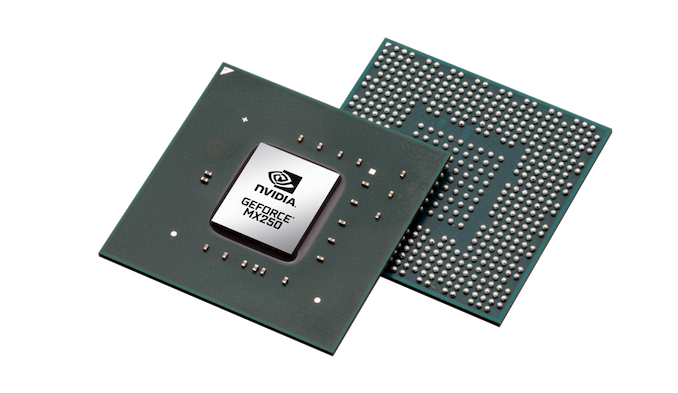
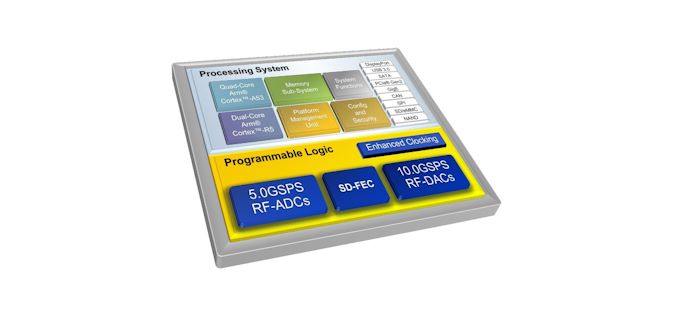
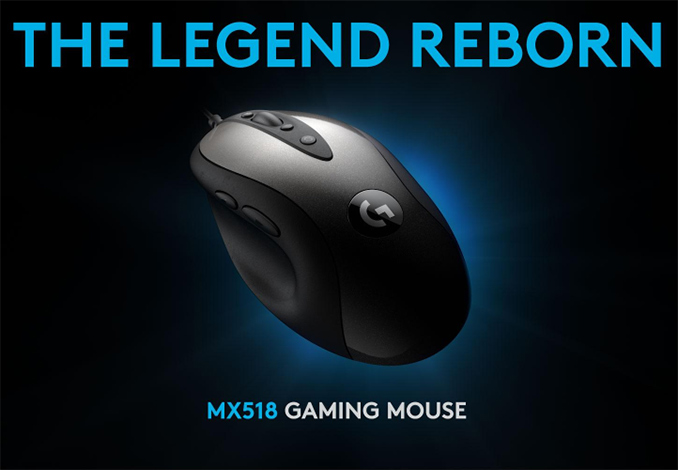
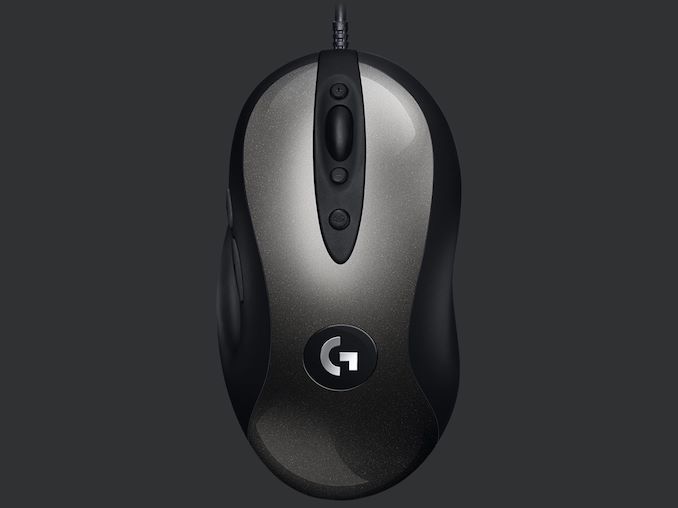
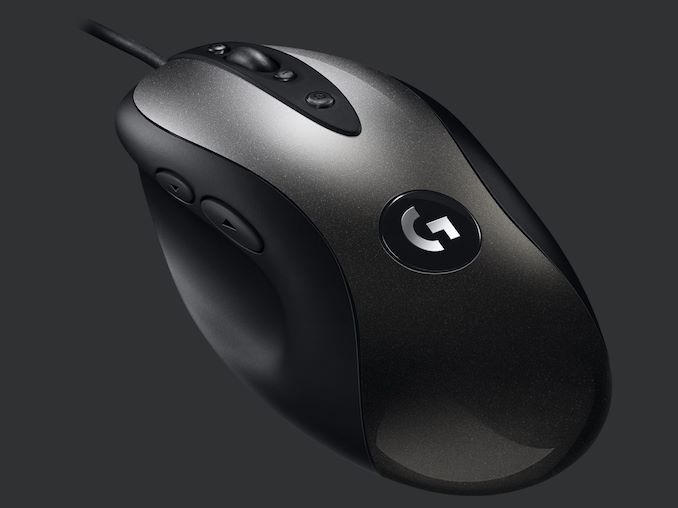
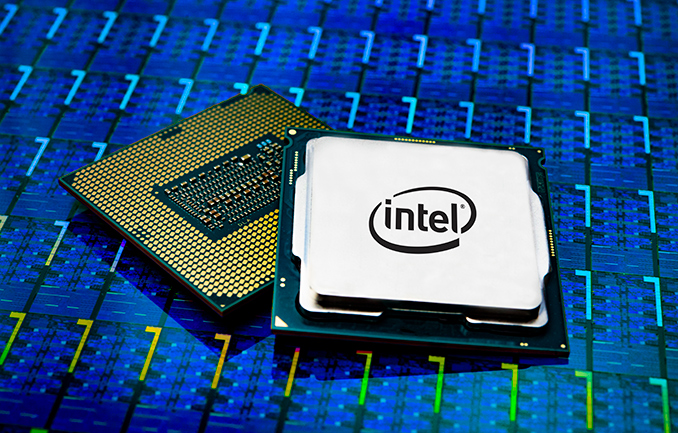

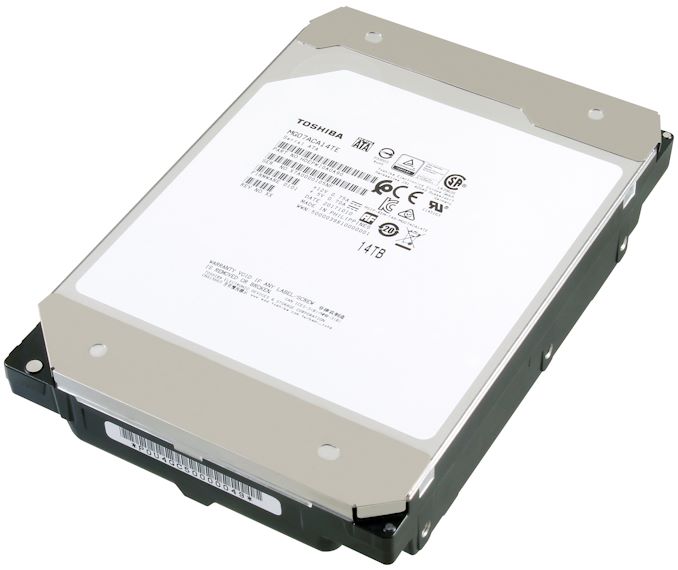

















Bookmarks